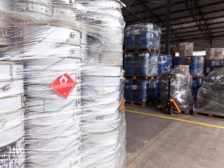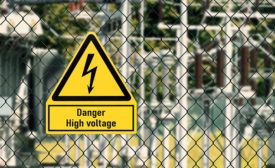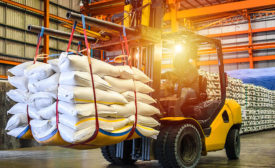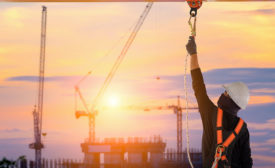Mark H. Stromme
Mark Stromme is a workplace safety editor with J. J. Keller & Associates, Inc., 3003 Breezewood Ln., Neenah, WI 54957; (920) 722-2848; Email: mstromme@jjkeller.com; Internet: jjkeller.com.
ARTICLES
4 steps to an effective respiratory protection program
Breathe easy with a plan
October 14, 2020
Safeguard your employees
Using personal fall arrest systems require serious planning, training
July 14, 2020
Stay proactive in your workplace with hazard signs, alarms, and signals
Alerts on display
April 1, 2020
Get our new eMagazine delivered to your inbox every month.
Stay in the know on the latest safety trends.
SUBSCRIBE TODAYCopyright ©2024. All Rights Reserved BNP Media.
Design, CMS, Hosting & Web Development :: ePublishing









